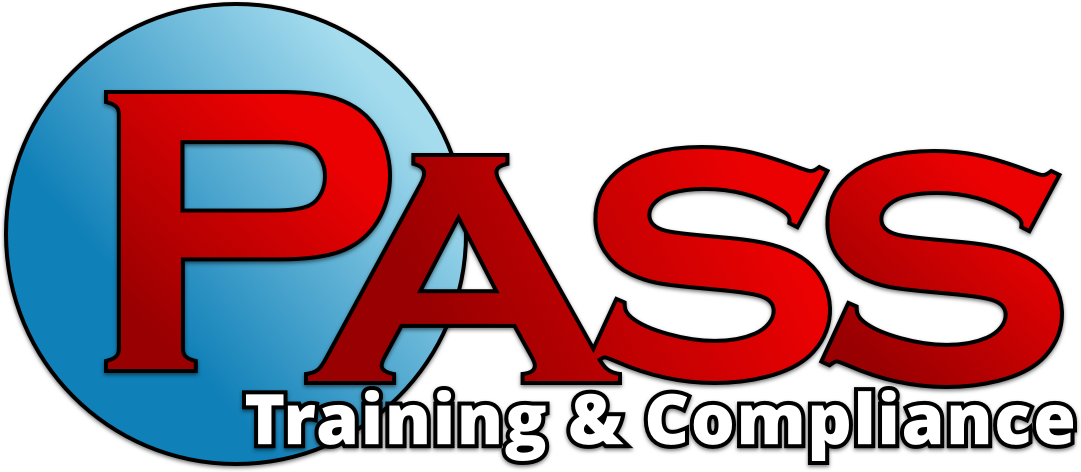EPA Regulations: Effective Date
[bs_lead]
October 13, 2015
marks 90 days from the date of publication of the revised UST regulations. This is the effective date of the revised regulations. So, what does that mean?
[/bs_lead]
Essentially, it means that these regulations are now officially in effect. If your facility is in a state without state program approval (SPA), you must meet the new or revised requirements (e.g., monthly inspections, operator training, etc.) according to the timeline established in the EPA regulations. If your facility is in a state with SPA, you should comply with the requirements and timeline established by your state.As we've discussed before, certain requirements need to be met immediately while others have different compliance deadlines. Requirements which must be met as of October 13, 2015 (in non-SPA states) are as follows.
- Using flow restrictors/ball float valves in vent lines as a means of overfill protection in new or replacement UST systems is no longer allowed. Flow restrictors/ball float valves may still be used on tanks installed on or before October 13, 2015.
- Overfill protection equipment must be inspected every three years.
- If a tank using internal lining for corrosion protection fails the internal lining inspection and cannot be repaired, it must be closed.
- Secondary containment and containment sumps used for interstitial monitoring must be inspected within 30 days of being repaired.
- EPA or the implementing agency must be notified of ownership changes.
- Owners/operators of airport hydrant fuel distribution systems and UST systems with field-constructed tanks must submit a notification of UST existence and proof of financial responsibility to the EPA/implementing agency and begin complying with release reporting and closure requirements.
- At least 30 days prior to switching a UST to a regulated substance containing more than 10% ethanol or 20% biodiesel, the owner/operator must notify the EPA/implementing agency of the proposed switch.
